Minorities
William Gropper
1938–1939
Image
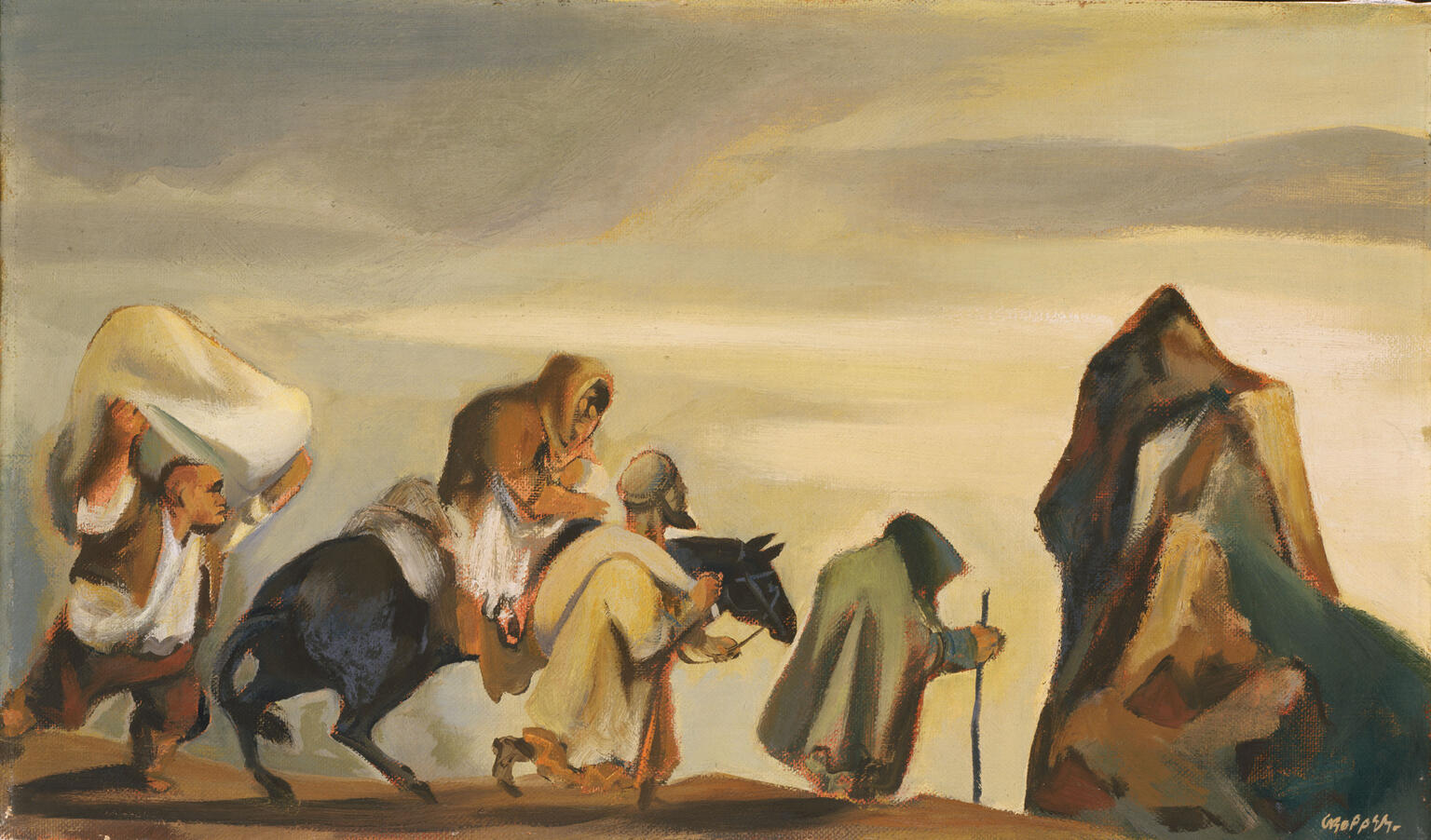
Engage with this Source
Creator Bio
William Gropper
1897–1977
The painter and political cartoonist William Gropper was born in New York City, the son of East European immigrants who worked in the garment industry. A political radical who was sympathetic to communism (but was never a party member), Gropper contributed political cartoons in the interwar years to both radical and liberal newspapers and magazines. He painted in a representational style that employed cubism’s pronounced angularity. In the 1930s, he received government and business commissions for murals. In the wake of the Holocaust, he turned frequently to explicitly Jewish themes.
You may also like
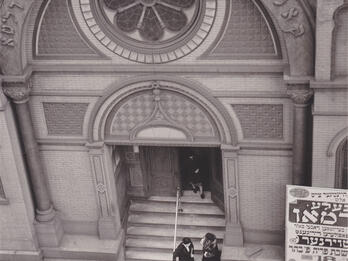
Synagogue, Pitt Street
The Photo League, a socially conscious photographers’ collective that Walter Rosenblum joined in 1937, favored documenting everyday life over newsworthy events. The Lower East Side, with its crowded…
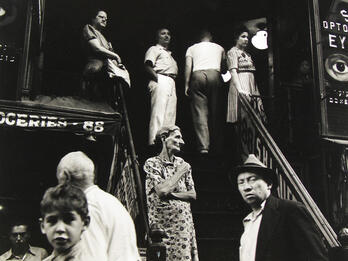
Hester Street
Sol Libsohn co-founded The Photo League, a socially conscious photographers’ collective, around the time he took this photograph. It captures a moment in the daily life of the people of a tenement…
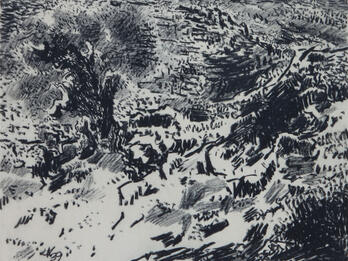
Landscape
Krakauer’s work, mostly chalk and charcoal drawings on paper, was largely devoted to expressionist landscapes of Jerusalem and its environs. His unique style was characterized by short strokes, often…
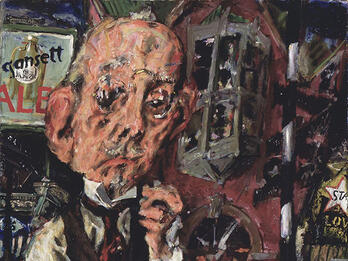
The Neighborhood Physician
Levine was a figurative painter known for his political and social commentaries about economic inequality, capitalism, and political power. He painted in a distinctive cartoonish style in which people…

The Refugee (European Vision)
Nussbaum was a refugee in Belgium when he painted this picture. It is one of several (some self-portraits) that express the fear and uncertainty of life as a refugee. The dominant element in the…
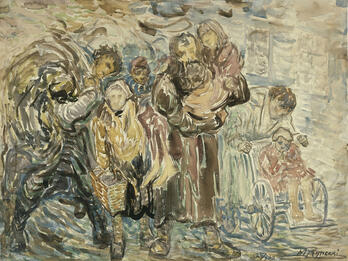
Refugees, Warsaw Ghetto
This watercolor sketch of uprooted Jews arriving in the Warsaw Ghetto was one of many artworks Rynecki made while incarcerated there. Before the war, many of his paintings documented the vibrancy of…

